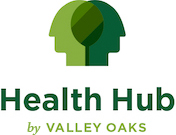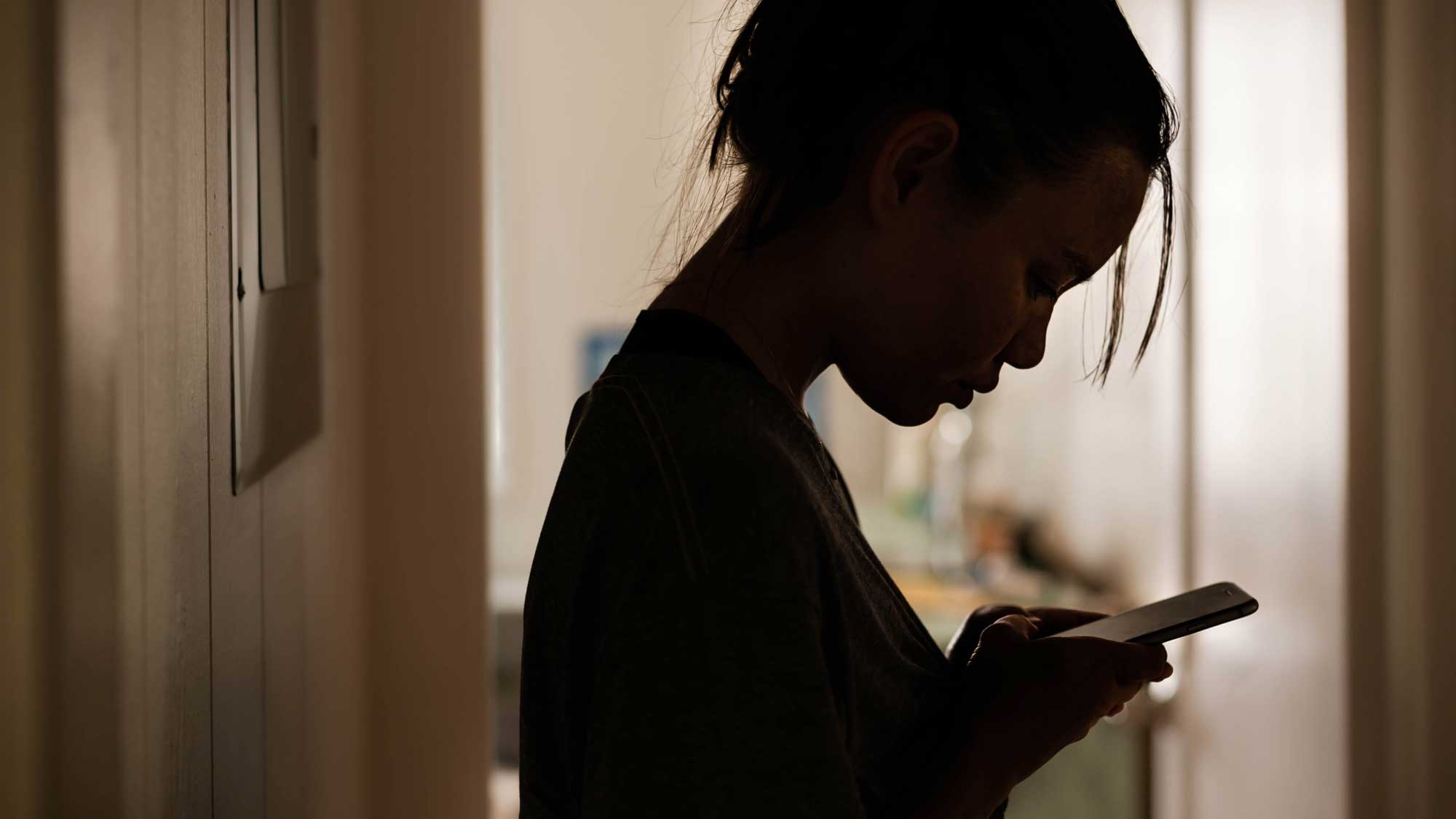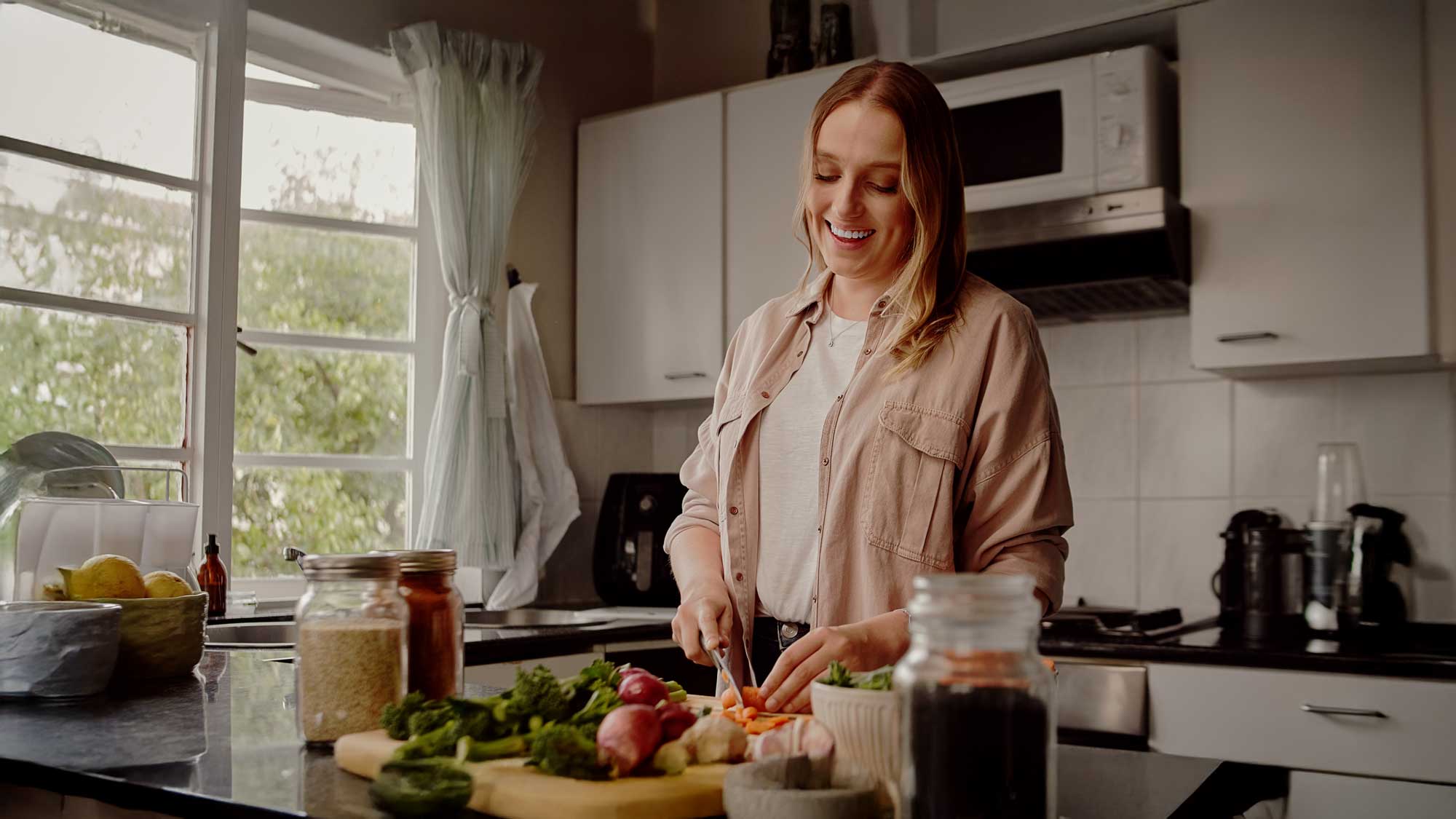A healthier lifestyle never hurt anyone—quite the opposite, actually. But there’s a distinct difference between taking care of yourself and putting yourself on a diet. Today’s culture equates the two, but it’s important to know their differences and how to spot when your #FitnessGoals become dangerous.
Diets don’t work
A weight loss plan or fad diet that doesn’t account for a person’s individual requirements can result in some serious consequences. Feelings of extreme hunger, lower mood levels, a lack of energy, and even serious health concerns all can stem from a restrictive diet. Plus, research consistently shows that about two-thirds of people on diets regain more weight than they lost within a five-year period.
Spotting unhealthy patterns
A diet can closely mimic or slowly morph into disordered eating.
These are the signs to watch out for:
- Fasting or chronic restrained eating
- Skipping meals
- Binge eating
- Self-induced vomiting
- Unbalanced eating (e.g., restricting major food groups like fat or carbohydrates)
- Misuse of laxatives, diuretics, or enemas
- Using diet pills
How to take care of your body
So what can you do to become healthier while avoiding the weight loss yo-yo or midday crashes? Talk to a trained professional. Your primary care doctor or a licensed nutritionist can guide you through the weight loss journey and put the focus on health and not on body image.
How to take care of your mind
Improving your physical health while maintaining a positive body image can prove to be a delicate balance. For those who suffer from disordered eating or believe their health-conscious habits have become dangerously obsessive, there is help available. At Valley Oaks, we want to lead you on a holistic path toward a healthier life. Speak with one of our trained counselors to start that journey today.






